
|
Beaufort County Wills and Land Grants
Beaufort County was formed in 1769 from the parishes of Prince William, St. Luke, St. Peter and St. Helena. The county and county seat were named for Sir Henry Somerset, Duke of Beaufort (1684-1714), one of the Lords Proprietors of Carolina. French explorers first visited this area long with the English arriving in 1562 to establish a fort. Later, in 1566, the Spanish established a temporary fort on this site The town of Beaufort was founded in 1710 and is the second oldest town in South Carolina. It was visited by pirates, including Blackbeard who is thought to have hidden some of his treasure nearby. Large and rice and sea island cotton plantations later enhanced its economy. During the War Between the States, Federal troops occupied Beaufort in December 1861.
Among the earliest settlers were: Alexander Garden (ca. 1730-1791), Stephen Elliott (1771-1830) and Robert Smalls (1839-1915).
Probate Records Available to members of South Carolina Pioneers
- Deloach, Jesse, 1785 Land Grant
- Deloach, Jesse, 1785 plat
- Goette, Henry, distribution of slaves. Bond of David Horton (1 Feb 1841)
- Lawton, Sarah LWT 1832
- Lawton, Joseph LWT
- Nielson, Nicholas of Hilton Head Island, LWT
Second European Landing on the American Continent
By Jeannette Holland AustinFollow us by Email. Just add your Email below
Although the Spanish landed twice on the island of St. Helena off the Carolina coast, they did not settle there. All that they did was take some peaceful Indians to use as slaves. When Jean Ribault landed on Parris Island with his French Huguenots in 1562 a French gentleman said of them "they had the means to achieve some notable thing, worthy of eternal memory." On May 27th, 1562, Ribault anchored in ten fathoms of water off what is known today as Parris Island, just a few miles from Port Royal. " Ribault and his men landed, and while they walked through the forest, flocks of wild turkey flew above their heads, and around they beheld partridges and stags. Upon returning to the ships, they cast their nets in the bay, and caught fishes in numbers so wonderful that two draughts of the net supplied enough for a day's food for the crews of both ships." Ribault built a fort which he named Charlesfort before returning to France to report his discovery, leaving behind a garrison of twenty-six men. Three years later another French ship landed at Port Royal but the Spanish had already destroyed the fort. The Spanish built a fort for themselves which the Indians destroyed and another fort in 1677. The latter fort was constructed of cedar posts and tabby because two years later two American officers found the outlines of an old fort of tabby and cedar which they believed to be Ribault's fort. In 1732, the English built their fort. An old house still stands in Beaufort, more than two hundred years old which appears to be built over the fort. It includes a large porch and pillar, and the lower portion built with tabby in which there are loop-holes for rifles and beneath them a stone ledge for ammunition. Source:Beaufort County, South Carolina by N. L. Willet.
Archaelogical Diggings of Charlesfort known as the Charlesfort-Santa Elena Site
Hilton Head Island
By Jeannette Holland Austin
Hilton Head Island is named for the English sea captain William Hilton who was hired by a syndicate of Barbadian planters. He sighted the high bluffs of the island in August of 1663 while exploring the Port Royal Sound, and named it "Hilton Head," which referenced the visible head lands of uncharted waters. Upon the onset of the American Revolutionary War, the colonists on Hilton Head sided with the patriots. During the war he British frequently raided Hilton Head Island from their stronghold located on Daufuskie Island, capturing slaves later selling them in the West Indies. The raids were constant throughout the war, even continuing after the surrender of Lord Cornwallis. Sea Island Cotton was grown on the banks of the Beaufort River as a lucrative crop. Once again, during the War of 1812 the British invaded Hilton Head Island and burned the town and most of the beautiful sea island homes. Thus, the old county records were lost.
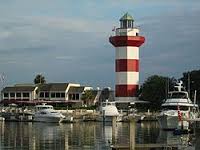
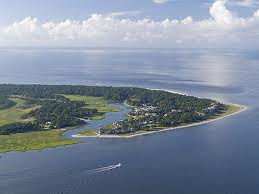
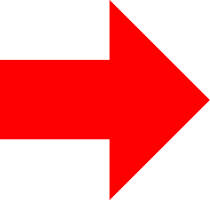
Flip
- Gold Mine Discovered in Union District, SC - Images of Union Co. Wills and Cemeteries - #genealogy - #southcarolinapioneers.net
Gold Mine Discovered in Union District"A Gold Mine has been discovered in Union District, South Carolina, in the waters of Tyger River. The ore is said to be of such extent as to afford employment to 500 hands at good wages. A speciman of the gold has been pronounced by Dr. Cooper, equal in purity to say he ever saw. A company is expected that the members of the company formed to work the gold mines of North Carolina, have divided each $3000." Source: Southern Recorder, Milledgeville, Georgia August 13, 1827. Union County Wills and CemeteriesUnion County was created from…
More South Carolina Databases
- Bible Records
- Books
- Census Records
- Church Records
- Confederate Births, Deaths, Burials
- Early Settlers
- Folders; Private Collections
- Gedcom Files
- Genealogies and Family Records
- Probate,County Wills, Estates
- Research Notes
- Revolutionary War Pensions


Need to know if your ancestors left a will or estate record? An easy, quick (and free) way to find out is to click on the links below.

County Records of 8 Genealogy Websites
Alabama
Georgia
Kentucky
North Carolina
Virginia
South Carolina
Tennessee
 BUNDLE RATE for 8. Access to all eight websites plus additional data in other States: Bibles, genealogies, civil war records, colonial records, marriages, wills, estates, special collections, books written by renowned Georgia genealogist Jeannette Holland Austin.
BUNDLE RATE for 8. Access to all eight websites plus additional data in other States: Bibles, genealogies, civil war records, colonial records, marriages, wills, estates, special collections, books written by renowned Georgia genealogist Jeannette Holland Austin.
|
Membership to 8 Genealogy Websites - Reoccurring subscription with guaranteed low rate |
| REOCCURRING SUBSCRIPTION WITH PAYPAL = $150 per year. Guaranteed low rate so long as your subscription continues to renew itself. You may unsubscribe at any time, however, to prevent the reoccurring charge, you must "cancel" before the renewal date. To do this, login to your PayPal account and select the cancel option. |
| About your password. Please allow up to 2 hours for your password. If not received in a timely manner, click to send reminder |


|
 |

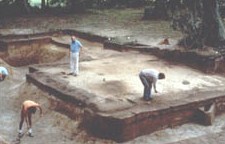
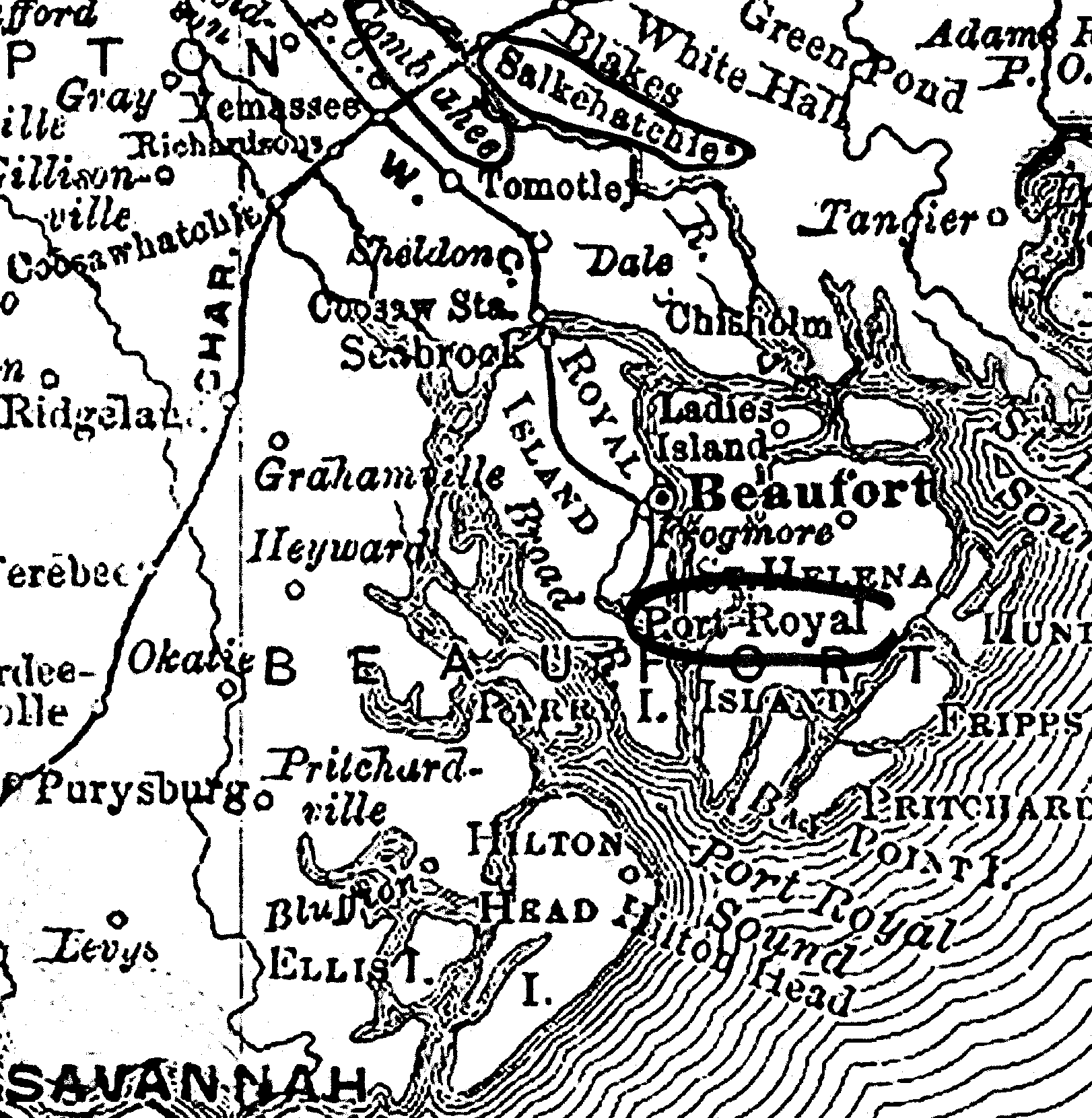


No comments:
Post a Comment